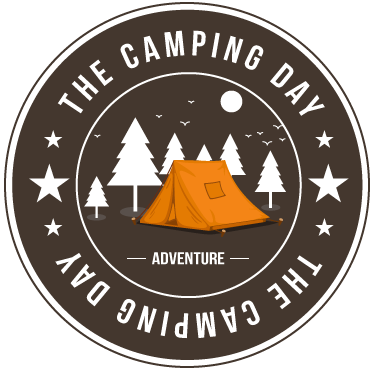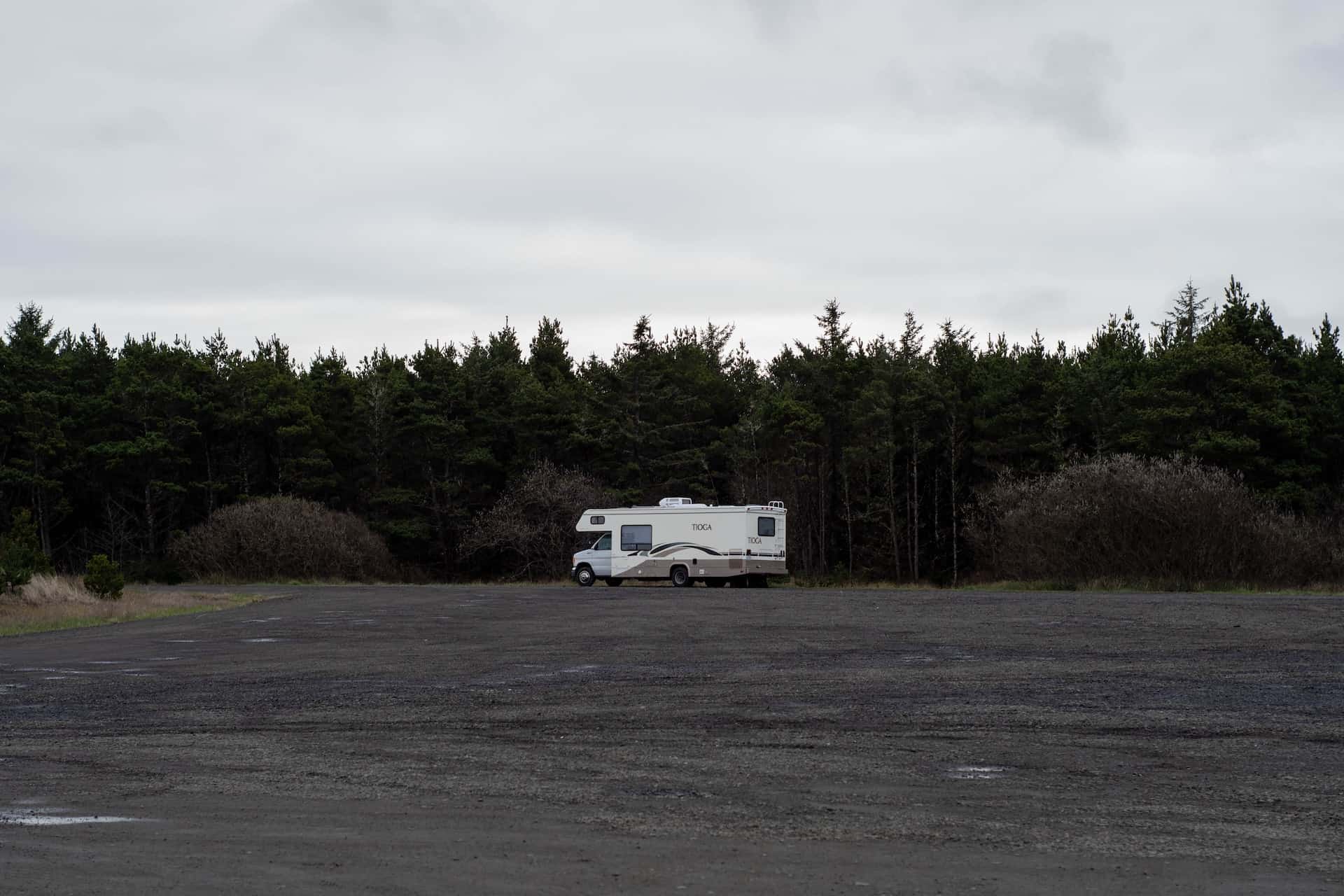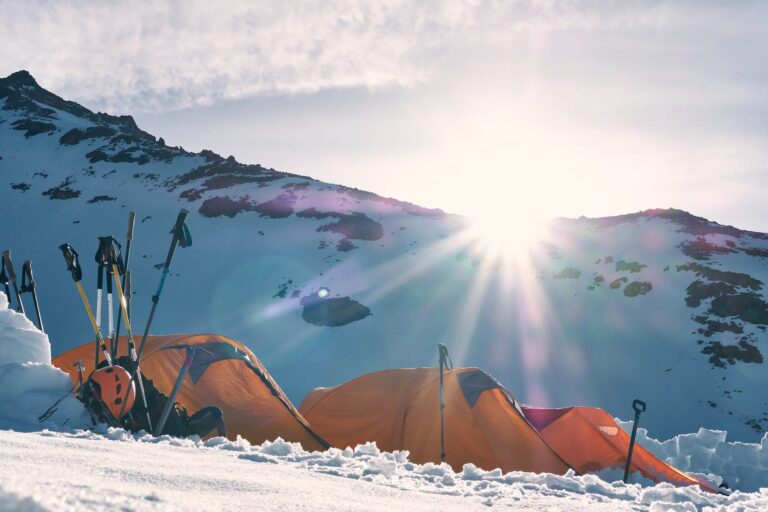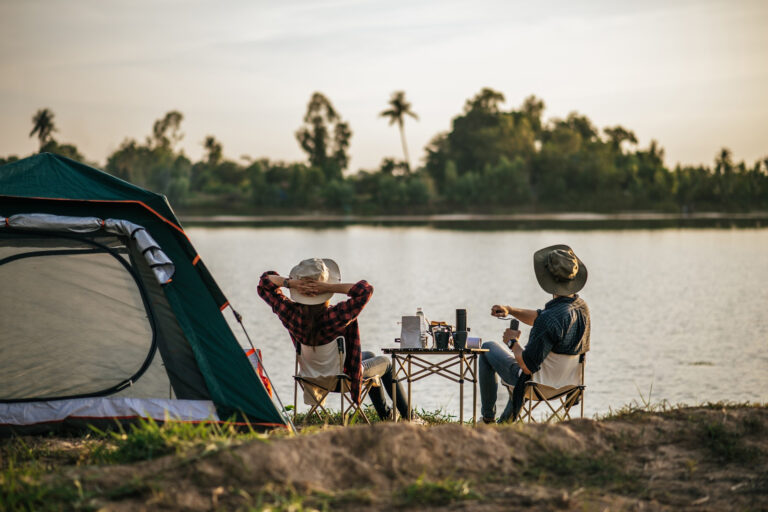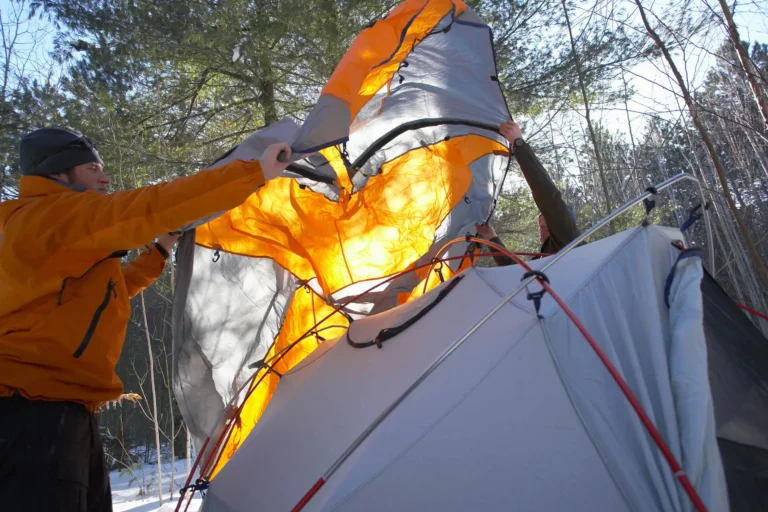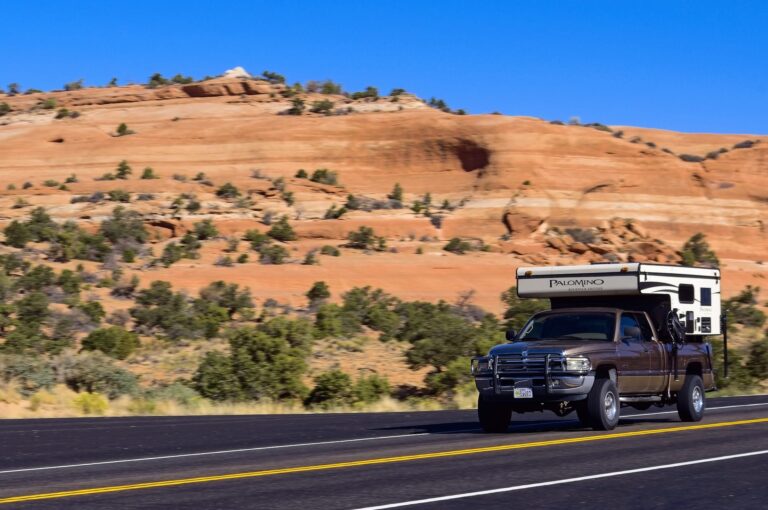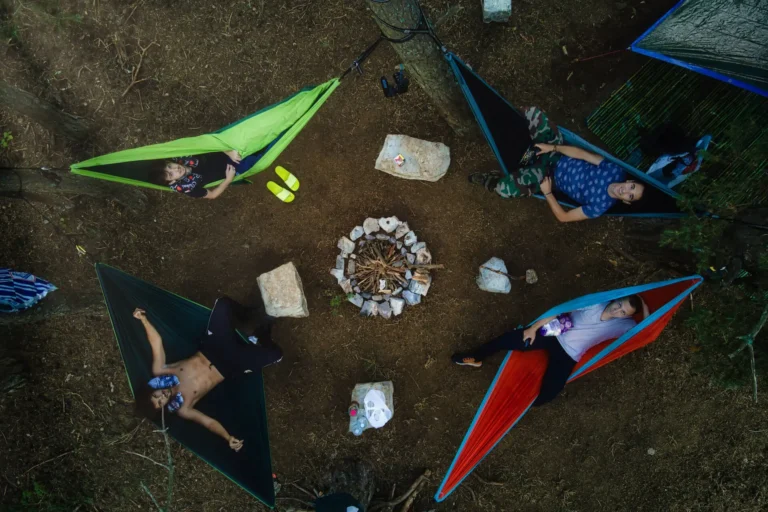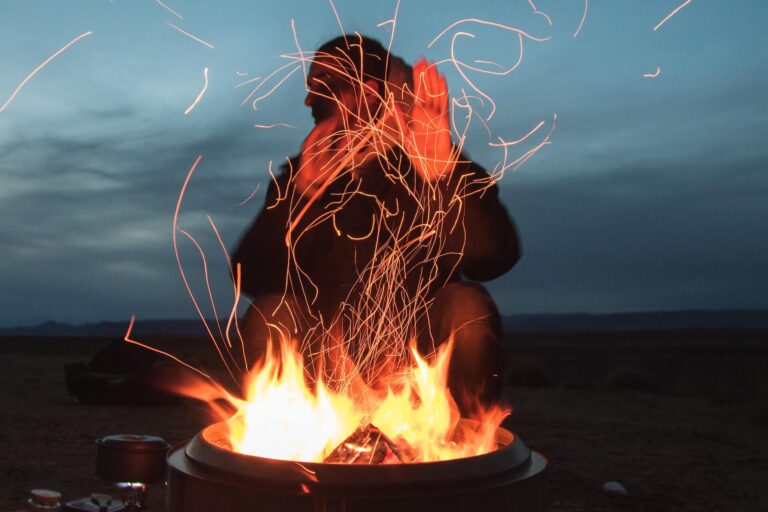Beginner’s Guide:What is dry camping
Using RV camping for vacations is relaxing and enjoyable, but every place you go doesn’t necessarily have a campground, only temporary overnight stays at rest stops, national/state parks… Then you need dry camping.
It’s a way to save money on camping and enjoy more solitude and privacy. Dry camping also means that campers do not have access to electricity, fresh water, or sewage during their stay.
Dry camping can seem like a daunting task if you are not used to living in an RV without utilities.
But in this guide, we’ll give you dry camping tips and tricks, including how to find the perfect spot and stay safe and comfortable, so you can become an expert dry camper in no time. Sounds pretty good, doesn’t it?
What is dry camping
The terms “dry camping” and “Boondocking” are often used interchangeably. It is camping in an RV, van or convertible in a place other than a traditional campground, dry camping without hookups. There is no fresh water. There is no power/electricity. There are no sewer hookups.
Dry camping is completely dependent on the supplies you bring with you.
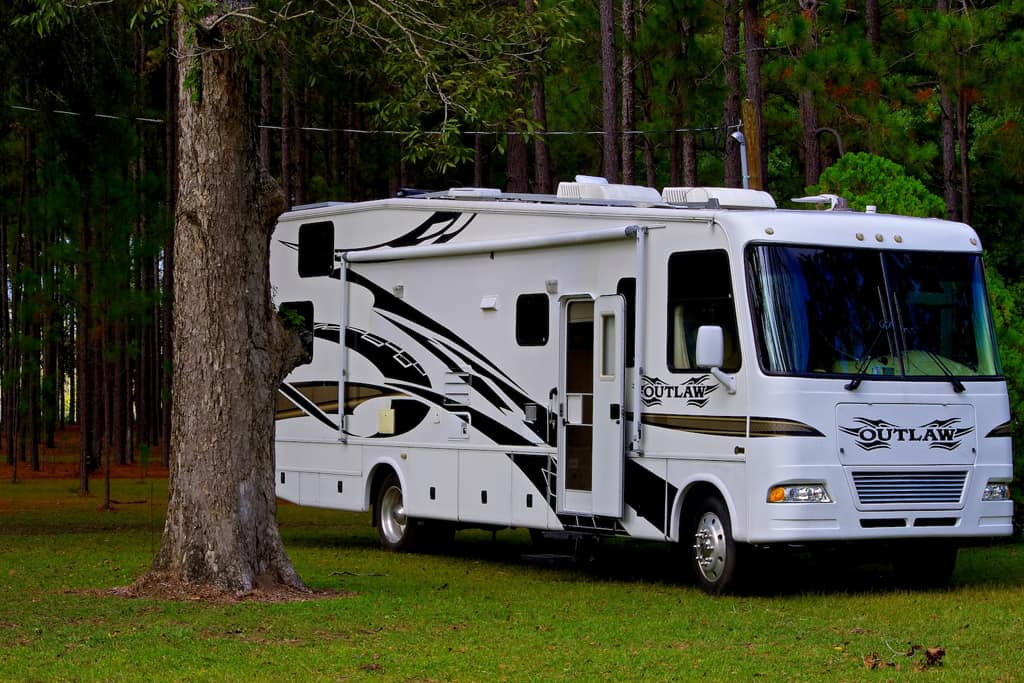
What is the difference between dry camping and boondocking?
Boondocking is also off-grid camping (also known as “wild camping”). However, there is a difference between boondocking and dry camping.
Boondocking is part of dry camping, but boondocking is not always dry camping.
While both terms refer to camping without electricity, the term “boondocking” implies camping in remote natural areas away from RV parks or undeveloped areas. But dry camping can also occur in developed campgrounds that just don’t have water, electricity, or sewer…… Usually in state, provincial or national parks, store parking lots, rest areas or even someone’s driveway (sometimes called “moochdocking”).
Pros and cons of dry camping
Some traditional campers may not understand the appeal of dry camping. At a typical campground, you may find wonderful amenities such as flush toilets, showers, picnic tables, a camp store, and sometimes even Wi-Fi. When power and water are cut off, you are left to fend for yourself. But there is a flip side to every coin.
Pros:
- Cost: Dry camping is often much cheaper than traditional camping because there are no fees for campsites or hookups.
- Less restricted: The ability to camp in remote areas without access to conventional campgrounds is one of the main benefits of dry camping. Since there are no designated campsites, you are free to pitch your tent wherever you have the best view or access to water.
- Self-Sufficiency: Dry camping can be a great way to test your self-sufficiency skills. You will need to bring all of your own supplies and be prepared for any challenges that may arise.
Cons:
- There may be legal ambiguity. However, you cannot simply park and set up tent wherever. When selecting a location, you must be aware of any laws.
- The work is more. You can only meet your basic requirements with campfires, propane generators, solar power, etc. if there is no running water or electricity available.
- Lack of washroom comfort. Dry camping can be uncomfortable because you will not have access to a shower or bathroom. You will need to be prepared to rough it and be comfortable with basic hygiene practices.
Is Dry camping legal?
Dry camping is legal as long as you have permission from the land owner or manager. Dry camping is permitted on many national forests and Bureau of Land Management (BLM) lands for short periods of time. Campers must adhere to the Leave No Trace philosophy and take care not to damaging the environment when engaging in what is sometimes referred to as dispersed camping.
Sometimes, due to environmental concerns, local laws, or safety concerns, dry camping may be prohibited in certain locations. For example, overnight camping in public areas or on streets is prohibited by law in many places.
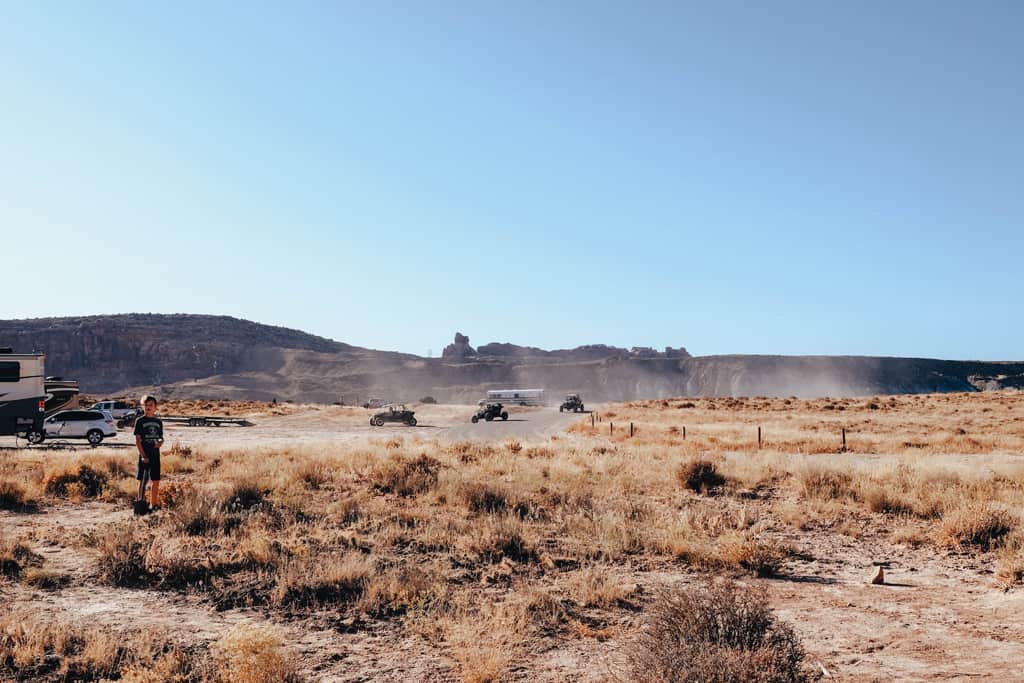
Before embarking on a dry camping trip, it is important to check local laws to ensure that you are camping safely and legally. Government websites, camping discussion boards, and neighborhood ranger stations are some of the most common resources for learning about dry camping laws.
Is Dry Camping Safe?
As long as you are aware of your surroundings and your needs, dry camping can be completely safe.
To dry camp safely, you need to have enough water, a way to stay warm or cool if the outside temperature is at potentially dangerous levels (hot or low), and anything else you might need for self-care, such as enough food and medication.
To stay safe, always be aware of your surroundings when boondocking away from populated areas. For example, you need to know how to safely camp in bear country. But as long as you have the necessary supplies and are aware of your surroundings, dry camping is often safe. This is also true in places where people live.
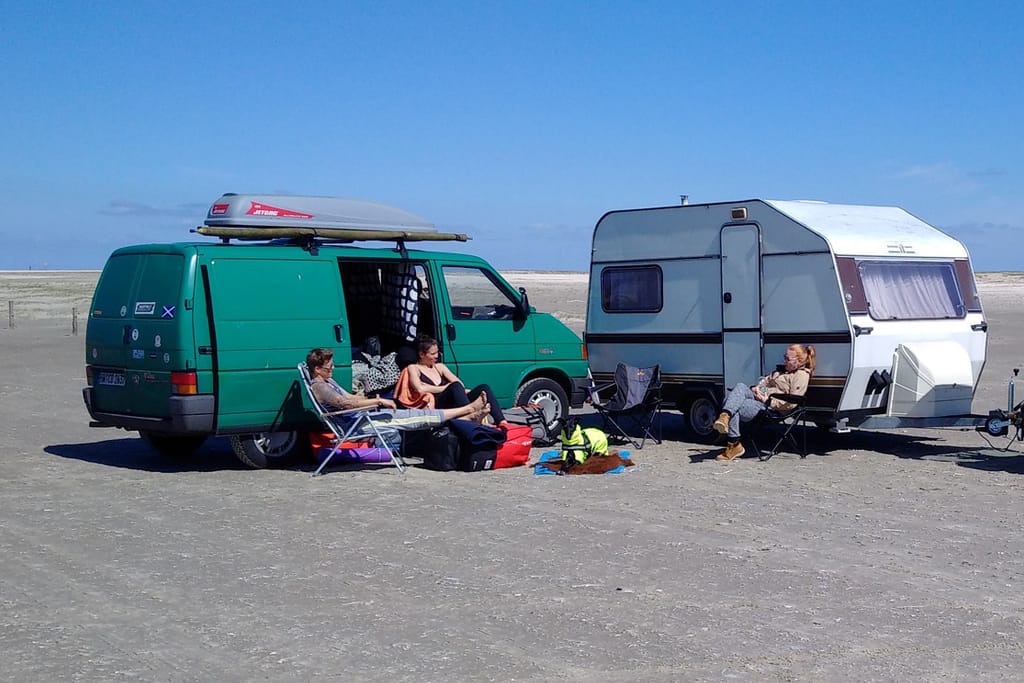
Ironically, most people seem to be concerned that we are in danger from other people when we are asked if we feel safe when dry camping or boondocking. However, the majority of RVer problems caused by people occur in more crowded areas. Not in the middle of nowhere with no other people around! If you are in the desert, there will be no one around.. Human insecurity from people against you can be ignored in sparsely populated areas.
If you’re going dry camping, you should decide what gear you’ll need to take with you. However, don’t pack your entire house. You’ll need a very large solar array on the roof of your RV and a very large lithium battery bank, as well as enough water to last the duration of your trip (plus a method to bring more water in case of an emergency – water is extremely important!) You’ll need a way to stay warm or cool, and you’ll need a way to have access to electricity – at least enough to keep your cell phone charged – so you can stay safe. Of course, you have to eat.
Everyone should try dry camping, even if it’s just for a night or two at first.
Dry camping basics
Want to try it? Before you go off-roading and park your car in the middle of the woods, you need to be familiar with a few basics. Before you go, you will need something:
A van or an RV. When dry camping, your car is everything. It needs to be in good working order because it is both your transportation and your home.
Food. The latest hard coolers can keep food cold for up to 10 days, making it easier than ever to keep food cold when you’re off the grid. Learn the best ways to pack a cooler and prepare a backup supply of small dry items.
Water. For your water source, you must have many redundancies in place. Off-gridders need to always have a water filter pump or straw on hand in addition to fresh water by the jug and water purification tablets.
Power. There are several off-grid power options for RVs, ranging from full-scale onboard generators to solar-powered phone chargers and radios.
Emergency provisions. Never try to set up camp in a remote area without the bare minimum of emergency gear, such as a sturdy tactical flashlight, backup batteries, matches, fire starters, an emergency radio, and a first aid kit.
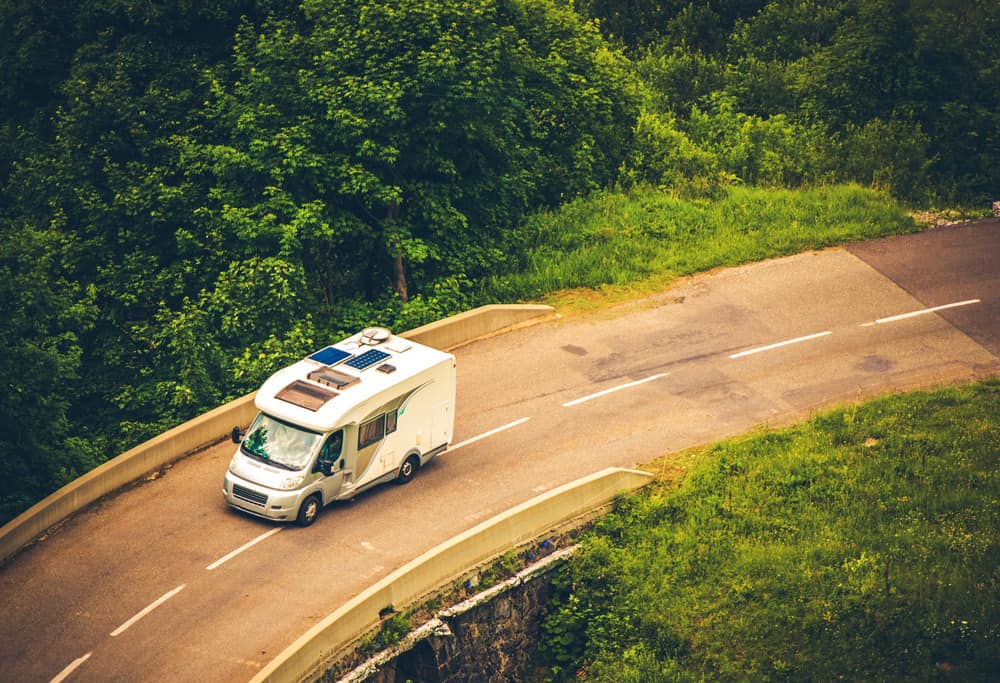
How to save water when dry camping
When dry camping, it is important to conserve water to extend your water supply and avoid running out during your trip. Here are some tips for save water when dry camping:
Use as few dishes, pots, and pans as possible when washing dishes by removing all food and residue first. Some people even like to wash dishes while boondocking using a vinegar and water spray bottle.
When using water, be aware of how much you are using and try to use as little as possible. This can include taking shorter showers, turning off the faucet while brushing your teeth, and washing dishes with minimal water.
You can save water by reducing the amount of dishes you have to wash by using reusable dishes and utensils.
Collecting and reusing water can help conserve water during your trip. For example, you can collect water from washing dishes or cooking and use it to flush the toilet or water plants.
How to Generate Electricity/Power When Dry Camping
When dry camping, there are several ways to generate power. Options include using a gas generator, a “solar generator” that charges from the sun or your car’s alternator, or solar panels and a battery bank. There are small battery banks on the market that can be kept on hand for extremely low power needs, such as charging a cell phone.
As always, your needs will determine how much power you need to generate when Dry camping.
Depending on how often you camp off the grid, solar panels and a large battery bank may be the best option if your power needs are high.

8 tips for dry camping
1. Bring fresh water tanks that are full and empty gray and black water tanks.
There is nothing worse than having your shower filled with gray water or running out of water in the middle of your trip. Starting your trip with a clean slate can help you avoid either of these scenarios.
2. Use a portable water storage device
Even without hookups, campgrounds may have water taps. Instead of hauling water, you can use a water bladder to carry water back to your rig. Note that a 5-gallon water container is preferable if the water source is a hand pump tap.
3. Use Solar Energy
A fantastic alternative to using a generator or propane tank is solar power. It is environmentally friendly and quiet. Invest in either a portable power station, a solar panel suitcase, or rooftop solar panels.
4. Add propane to your tank.
Most of your appliances, including the refrigerator, water heater, stove/oven, and furnace, run on propane because you don’t have electricity. Make sure you have enough for the duration of your stay, especially if cold weather is in the forecast.
5. Find out if reservations are required.
On public lands, established campgrounds often offer sites on a first-come, first-served basis, although some may require reservations or may be so popular that it is advantageous to do so. Also, make sure the sites are large enough for your RV, as these parks are sometimes tiny and can only accommodate shorter RVs.
6. Change your routine.
Dry camping is when you’re not hooked up to the utilities at an RV park, so you can’t take a shower, wash your dishes or use your microwave. By being careful with how you use all of your resources, you can extend your stay without hookups.
7. Ask permission to spend the night in a business parking lot.
Always ask management for permission before parking overnight. Just because you’ve parked in one Walmart lot doesn’t mean they all do; local rules may affect specific store practices. Remember to ask where you should park and to occupy the fewest available spaces.
8. When staying in parking lots and rest areas, keep your slide-outs and camp chairs indoors.
Dry camping means sleeping in a parking lot or rest area, but it’s not the same as “camping. Keep your slide-outs, jacks, camp chairs, and gas fire pits tucked away and use it as a short pit stop to recharge and refuel before continuing on the road.
Is dry camping right for me?
Now, dry camping is not for everyone. If you’re the kind of person who needs all the comforts of home, like a hot shower and a microwave, it might not be for you. But if you’re up for an adventure and don’t mind roughing it a little, then dry camping might be right up your alley.
One of the biggest challenges of dry camping is conserving your resources. You’ll need to bring all your own water and electricity, and you’ll need to be mindful of how much you use. You’ll also need to be prepared to handle your own waste, since there are no sewer hookups.
But don’t let that scare you off! With a little planning and preparation, dry camping can be a blast. So give dry camping a try!
Related Article: The Complete Guide To Car Camping
